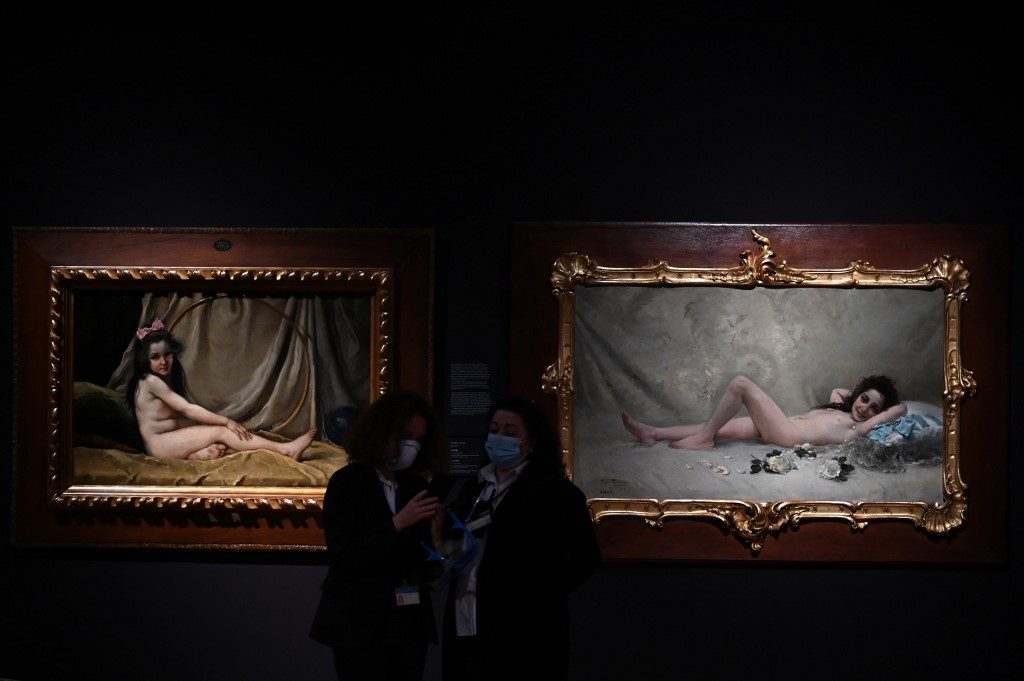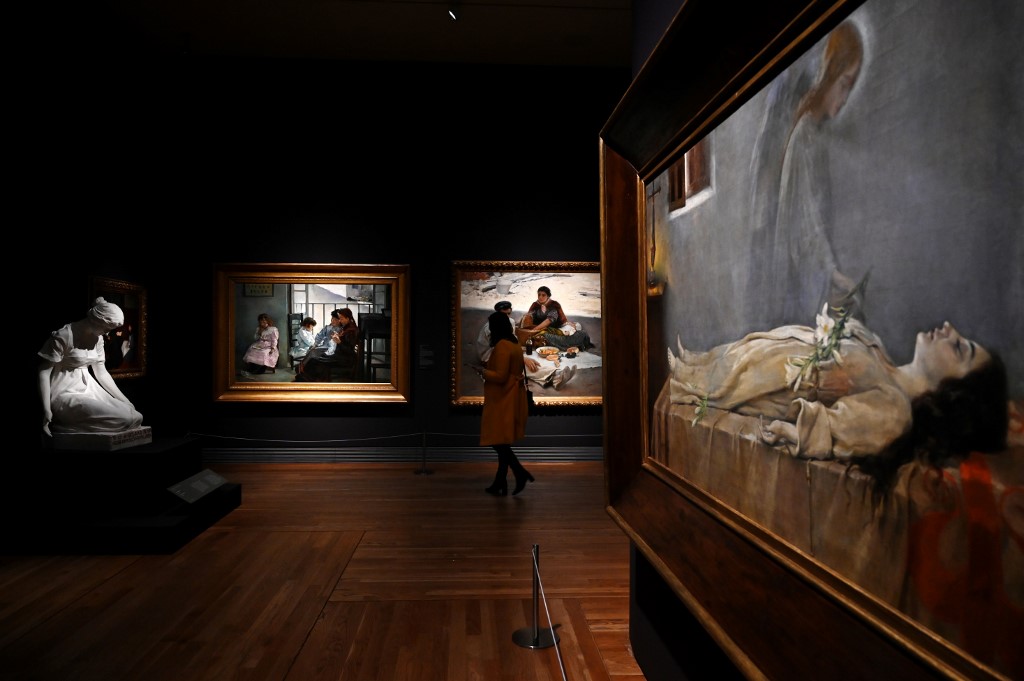SUMMARY
This is AI generated summarization, which may have errors. For context, always refer to the full article.

Slave, witch, prostitute, or mother: a new exhibit at Spain’s Prado explores how misogyny influenced the way women were portrayed in art and the role that the museum itself played.
“Uninvited Guests”, the museum’s first post-lockdown exhibition, is divided into sections with names such as “mothers under judgment,” “guidance for the wayward,” and “the art of indoctrination.”
One of the aims is to put the spotlight on “an ideology, a State propaganda regarding the female figure,” which existed between 1833 and 1931, curator Carlos Navarro told AFP.
The artworks from this period reveal a “bourgeois thinking which sought to validate the role that society attributed to women,” he added.
With this show, the Prado, one of Europe’s finest painting collections which celebrated its 200th anniversary last year, hopes to make amends for the role it played in this process.
The museum acknowledges that during the period in question, discrimination operated not just against female artists but in the way women were represented in the works the state bought and exhibited.
The show focuses on the period between 1833 and 1931 because that is when the Prado says it started to play a “key” role in the “acquisition and display of contemporary art”.
That gave it “an important role in the construction of the idea of a modern Spanish school” of art.
Young nudes
The exhibition explores how paintings by men at the time relegated women to secondary roles, usually as attractive accessories.
Two works by Spanish painter Pedro Saenz Saenz, his 1897 “Chrysalid”, and “Innocence” completed two years later, both depict a naked, prepubescent girl in a suggestive pose.
Young models at the time were forced to pose naked, in tears, for painters during an era when there was “no age limit or violence in the nude,” said Navarro as he stood before the paintings.
The few times women are the protagonists it is often against their will.
“The Rebel”, for example, a 1914 work by Spanish painter Antonio Fillol Granell, depicts a Roma girl being expelled by her family from their camp – presumably for some kind of moral transgression.
The second half of the exhibition features works by women from that era, who were marginalized because of their gender.
It includes many still-lifes – representation of household objects such as flowers or food. But there are few portraits, as these were reserved for male painters.

Missed opportunity
This section includes works by two women, France’s Rosa Bonheur and Spain’s Maria Antonia Banuelos, who did not get the recognition they deserved in Spain at the time, Navarro said. No works by Banuelos can be found in Spain today, he added.
Ironically, shortly after the exhibition opened, the Prado was forced to remove a painting from this section after it was found to have been painted by a man, and not a woman as previously thought.
And of the 130 works in the exhibition, 70 are signed by men, prompting complaints from some feminist groups that it does not dedicate enough space to works by women.
A group called Women in the Visual Arts, which has over 500 members, said the show was a “missed opportunity” to give overlooked female artists their due.
Navarro, who is the lead curator for the exhibition, dismissed the controversy, saying it was sparked by “historians and especially contemporary art critics who had hoped to be part of the project”.
“Uninvited Guests” opened to the public on October 10 and is due to run until March 14. – Rappler.com
Add a comment
How does this make you feel?





There are no comments yet. Add your comment to start the conversation.